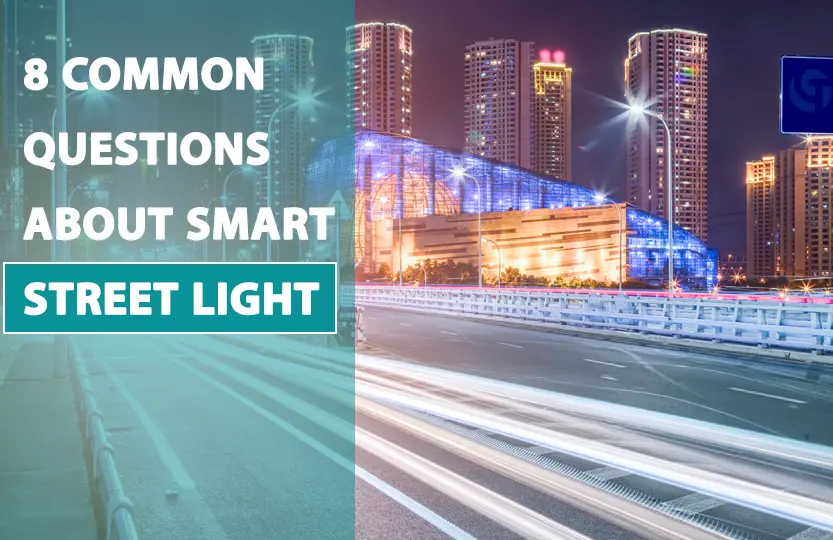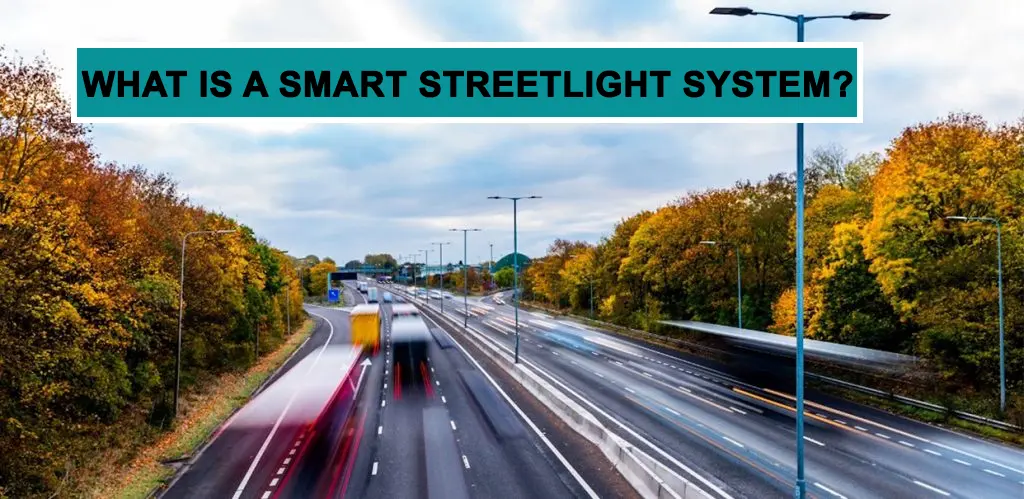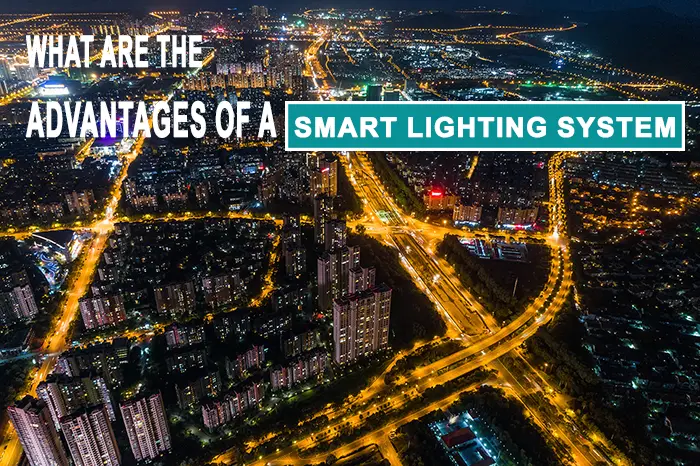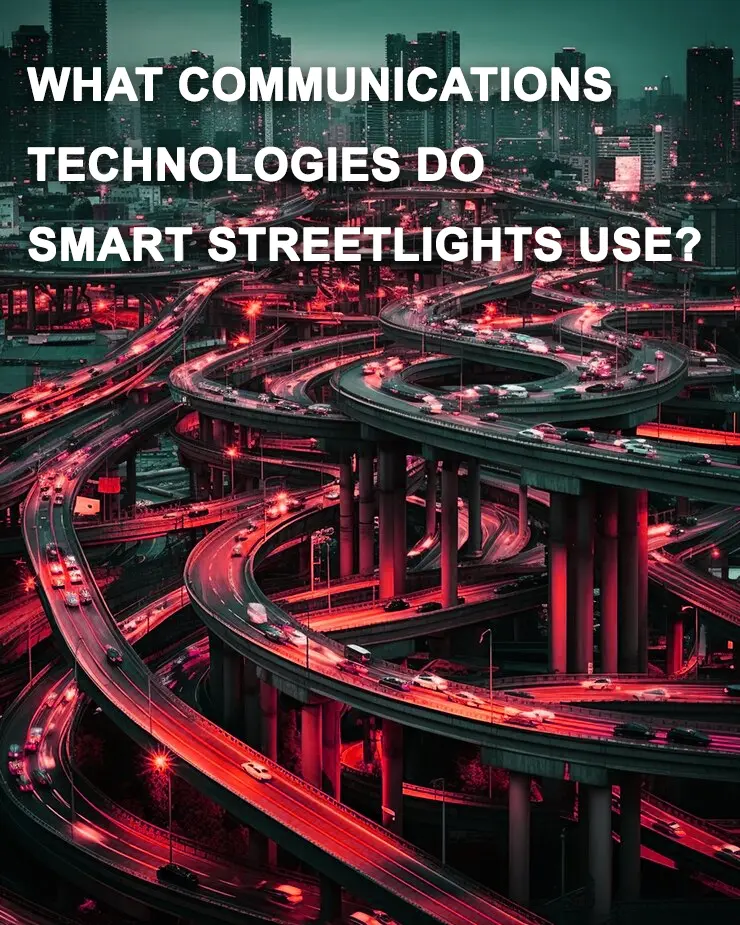
Table of contents of this article
- What is a Smart Streetlight System?
- How Do Smart Streetlights Work?
- What are the Advantages of a Smart Lighting System?
- How Does Smart Lighting Save Energy?
- What Sensors Can be Connected to a Smart Streetlight?
- What Communications Technologies Do Smart Streetlights Use?
- How Do I Determine the Right Light Level for the Street?
- Which Smart Streetlight Features Should I Consider?
- Conclusion
One emerging global trend in urban management and sustainable development revolves around the implementation of intelligent street lighting systems. These systems not only help cities reduce costs but also elevate the quality of services provided. Below, we explore several frequently asked questions that city managers and civil engineers may have regarding these innovative systems.
What is a Smart Streetlight System?
Smart street light systems function similarly to smart home devices, but on a larger scale. Unlike traditional streetlights that adhere to a fixed schedule or remain lit throughout the day in some urban areas, smart streetlights offer enhanced functionality. They not only improve visibility for drivers, pedestrians, cyclists, and other road users but also provide additional benefits through dynamic adjustments.
These intelligent lighting systems can operate on predetermined schedules and offer a wide range of capabilities beyond the constraints of conventional systems. Lights can be dimmed or brightened at specific times, either manually or automatically using advanced technologies like automation and AI, to address the unique requirements of each location.
Moreover, in response to various factors such as time of day, human presence, and weather conditions, the lighting levels can be optimized. For instance, during inclement weather such as rain, snow, or icy road conditions, the smart streetlights can automatically adjust to emit brighter light, thereby enhancing visibility and reducing the risk of accidents.

How Do Smart Streetlights Work?
Smart streetlight systems utilize a sophisticated network comprising cameras, motion sensors, and similar devices capable of detecting people, vehicles, animals, and changes in weather conditions, among other variables.
This real-time data is then transmitted to the centralized command center, where the system determines the appropriate lighting level based on the predefined schedule. For instance, in a scenario where a street in a residential area remains unoccupied for a specified duration, the lights are adjusted to the lowest setting or turned off completely, taking into account various factors.
The integration of individual streetlights is facilitated by a communication infrastructure, detailed below, that enables seamless interaction among the lights themselves and with the central control hub. These lights can be controlled manually, through automation, and even leveraging AI technology for optimal efficiency and functionality.
What are the Advantages of a Smart Lighting System?
The smart streetlight system offers a multitude of advantages for both the city administration and its residents. By dynamically adjusting lighting levels based on occupancy, the local Department of Transportation can realize substantial cost savings by avoiding prolonged illumination of unoccupied streets. Moreover, this modern system is markedly more energy-efficient and environmentally friendly when contrasted with conventional practices of illuminating empty streets for extended periods.

On the citizenry front, individuals stand to benefit from enhanced public safety. The improved visibility afforded by the smart lighting infrastructure not only creates a more secure environment but also plays a significant role in deterring criminal activities and reducing the likelihood of accidents.
How Does Smart Lighting Save Energy?
Smart lighting technology conserves energy by adjusting light levels according to the presence of activity. When a street is vacant, the system automatically dims the lights or switches them off, minimizing light pollution, reducing energy consumption, and lowering maintenance needs.
Moreover, smart lighting solutions incorporate energy-efficient LED bulbs that consume less power compared to traditional halogen, incandescent, or fluorescent lighting. Despite their lower energy consumption, these LEDs provide equally bright or even superior illumination while operating on a fraction of the wattage. By optimizing lighting levels and utilizing LED technology, substantial energy savings can be achieved through the efficient lighting of roads and the minimization of unnecessary illumination of unpopulated areas.
What Sensors Can Be Connected to a Smart Streetlight?
In smart lighting systems, three primary sensor types play key roles: motion, light, and environmental sensors, each serving distinct functions.
Motion sensors are designed to identify the presence of individuals or vehicles in the vicinity, prompting a higher light intensity until the motion ceases.
Light sensors are typically activated by headlights, but with ample sensitivity, may also respond to the proximity of a cell phone light source.
Environmental sensors are crucial for detecting adverse weather conditions like rain or snow, enabling the system to enhance visibility accordingly for heightened safety and improved usability.
What Communications Technologies Do Smart Streetlights Use?
In smart lighting infrastructure, various communication signals are leveraged for seamless operation. Radio Frequency signals enable inter-lamppost communication, leading to coordinated lighting activation in response to motion detected by neighboring posts.
Cellular technology serves as the wireless communication medium between individual posts and the centralized control service, ensuring efficient data exchange.
Mesh networks play a vital role in extending connectivity throughout the designated area, facilitating the transmission of cellular signals within the network for enhanced system coverage and performance.

How Do I Determine the Right Light Level for the Street?
Optimal lighting levels play a crucial role in adapting to various scenarios and requirements. Prior assessment is essential to determine the appropriate lighting standards based on factors such as traffic volume, pedestrian pathways, and regulatory guidelines.
In less populated residential surroundings, lighting may be dimmed or even switched off when not in use to conserve energy. Conversely, bustling thoroughfares necessitate brighter lighting to enhance visibility and ensure public safety by effectively highlighting potential hazards.
Which Smart Streetlight Features Should I Consider?
When evaluating smart street lighting systems, various features should be weighed, with some being context-specific. Nonetheless, certain features hold universal relevance across different scenarios.
The incorporation of dimming functionalities represents a transformative advancement for smart street lights. This ability enables nuanced control beyond simple on/off switching, catering to specific lighting requirements.
Remote system management emerges as a crucial consideration, particularly for larger urban areas. While smaller cities may function adequately without this feature, larger municipalities often deem it indispensable. Moreover, prioritizing the durability and longevity of the infrastructure underscores its significance for sustained operational efficiency.
Conclusion
Considering the growing need for cost-effective solutions, eco-friendly initiatives, and advanced public safety measures in urban settings, the recommendation stands for cities to embrace Smart Streetlight Systems. To embark on this transformation, city officials and engineers are encouraged to seek counsel from industry leaders. By partnering with trusted experts, cities can pave the way for a brighter, more efficient, and safer future for their communities.



















